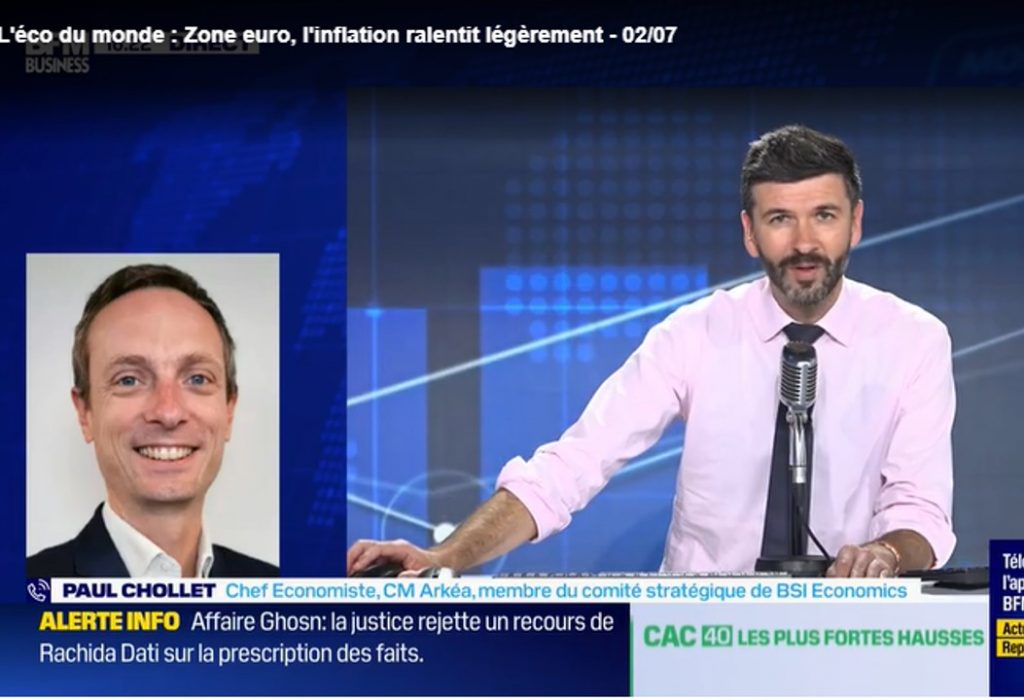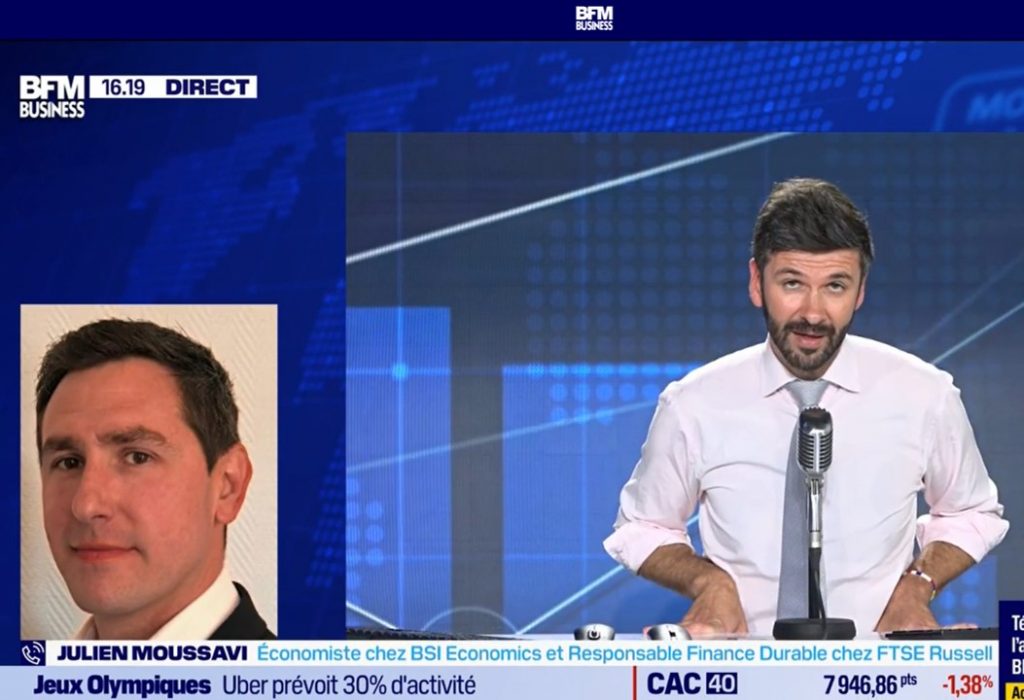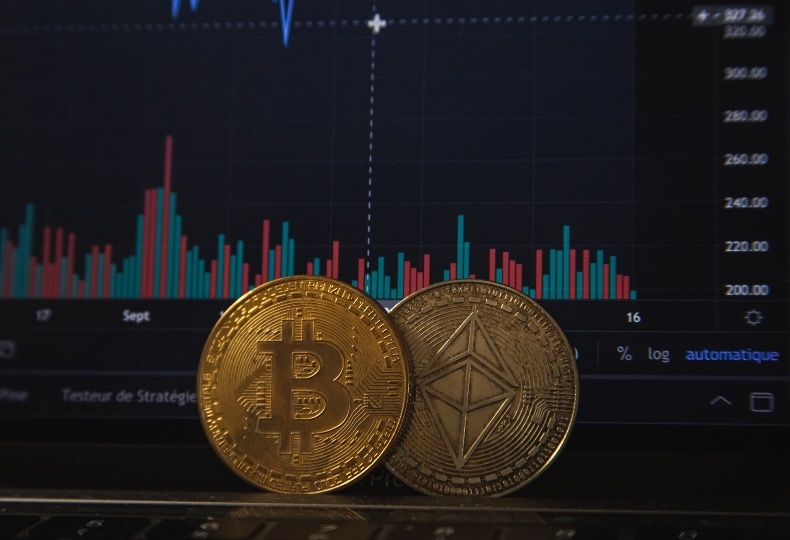With nominal interest rates at (or close to) 0 in major economies since 2009 (IMF, 2009), risks of secular stagnation raise a key question: what are the challenges central banks face to support recoveries and foster long-term growth?
The Zero Lower Bound Constraint: UMPs and Exit Strategy
What alternative monetary policy tools at the zero lower bound?The zero lower bound (ZLB) refers to Central Banks being constrained to further stimulate the economy when policy rates are taken down to zero (IMF, 2010). According to Mishkin, it is a much more serious problem than central bankers anticipated, far more prevalent than earlier researches suggested and not short-lived at all. Unconventional Monetary Policies (UMPs) and expectations management are two central pillars to improve central banks’ reactiveness and effectiveness.
The 2008 financial crisis reminded decision-makers of the limits of conventional countercyclical policies (Jordi Gali, 2014). As policy rates hit the zero bound, Quantitative Easing (QE), first adopted as an emergency measure, became central to the policy toolkit, mainly in the US, Japan and UK. Borio and Disyatat (2009) define UMPs as central banks actively expanding their balance sheets to offset directly market prices and conditions beyond a short-term, typically overnight, interest rate horizon—required in exceptional times (ECB, 2010).





















